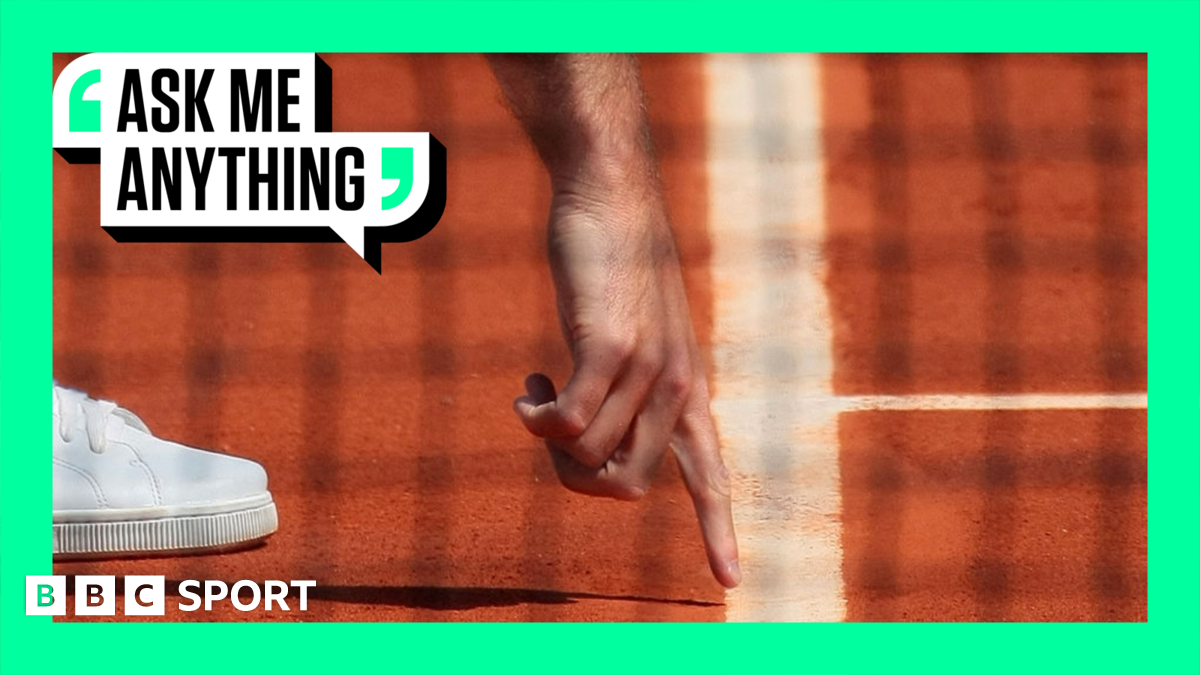Electronic line calling uses cameras, computers and sensors to track a ball and is used by tennis umpires to judge whether a ball is in or out.
It has been claimed the red dust layer on the clay courts of Roland Garros compromises the accuracy and reliability of the technology because it is a ‘live’ surface which moves during the match.
But Paul Hawkins, the inventor of electronic line calling system Hawk-Eye, says the technology is accurate on the surface and it is the mark left by the ball on the clay that is not accurate.
“It’s like a cliff edge [the plastic white line], so [the ball] can hit that part of the line and then carry on travelling forwards and not actually hit the clay until four or five millimetres beyond the line, which would then be where you would begin to see a mark on the court,” Hawkins told BBC Sport.
“The mark on the court looks like it is out whereas actually it has clipped the line.”
However, Hawkins believes Roland Garros is possibly “better” without electronic line calling and says that if players looking at the mark – which has been done for more than a century – is accepted, then “it is still fair”.
